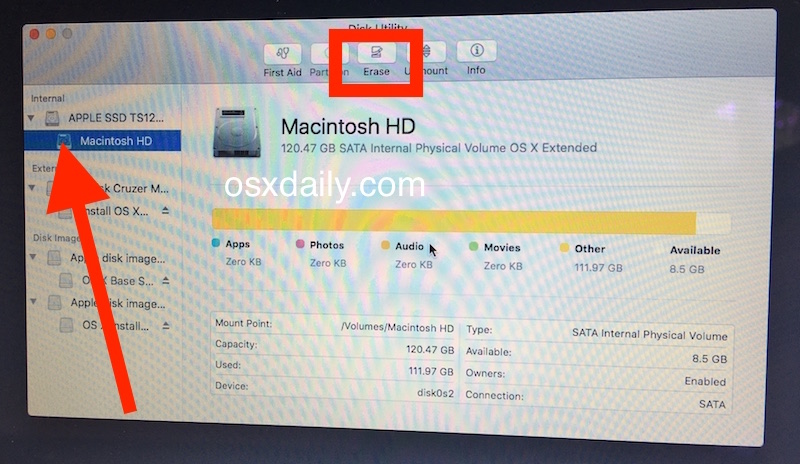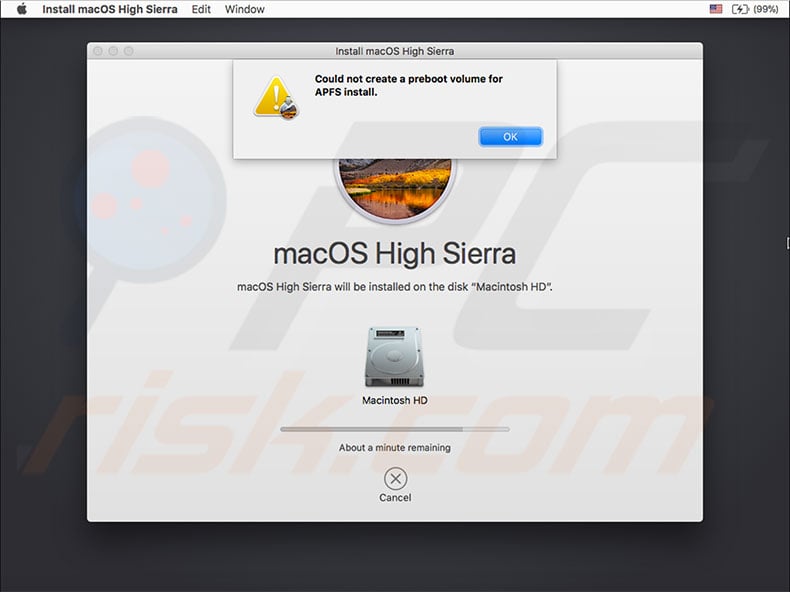Part 1: Download Format Factory for Mac Alternative and Convert Video on Mac
Step 1. Add files
After finishing best alternative to Format Factory for Mac download, run it. The primary window of this replacement to Format Factory Mac version is pretty easy to navigate. Click 'Add File' to select file you want to convert. This Format Factory similar program also supports batch conversion, so you can import and convert several files at a time. By the way, you are also enabled to download YouTube videos Mac by hitting the 'YouTube' button on the top left part of this tool.
Step 2. Choose Output Formats
Take the output format you want. In addition, you can tweak resolution, bit rate and other video settings for better video quality.
Before you spend big on a new Mac, though, try a factory reset, which wipes your computer and reinstalls a clean version of macOS. Change the Format to Mac OS Extended (Journaled), then click. How do I restore my Mac to factory settings? Step-by-step Guide to Reset Mac to Factory Settings. Restart in Recovery Mode. Erase Data from Mac Hard Drive. In the macOS Utilities window, choose Disk Utility and click Continue. Choose your startup disk and click Erase. Choose Mac OS Extended (Journaled) as the format.
Factory Reset Mac Os X 10.6.8 Without Cd
Tips: The awesome 'Edit' feature in this alternative to Format Factory lets you trim, crop, merge videos and even add watermark and subtitle to your video before conversion.
Step 3. Choose Output Folder
Click 'Browse' button in output setting area and select a destination folder to save your converted video.
Step 4. Start Conversion
Click 'RUN' button to start video conversion with this great alternative to Format Factory for Mac. The conversion speed is fast and video quality is awesome. This is definitely the best program works like Format Factory on Mac.
Reinstall from macOS Recovery
macOS Recovery makes it easy to reinstall the Mac operating system, even if you need to erase your startup disk first. All you need is a connection to the Internet. If a wireless network is available, you can choose it from the Wi-Fi menu , which is also available in macOS Recovery.
1. Start up from macOS Recovery

To start up from macOS Recovery, turn on your Mac and immediately press and hold one of the following sets of keys on your keyboard. Release the keys when you see an Apple logo, spinning globe, or other startup screen.
Command (⌘)-R
Reinstall the latest macOS that was installed on your Mac (recommended).
Option-⌘-R
Upgrade to the latest macOS that is compatible with your Mac.
Shift-Option-⌘-R
Reinstall the macOS that came with your Mac, or the closest version still available.
You might be prompted to enter a password, such as a firmware password or the password of a user who is an administrator of this Mac. Enter the requested password to continue.
When you see the utilities window, you have started up from macOS Recovery.

2. Decide whether to erase (format) your disk
You probably don't need to erase, unless you're selling, trading in, or giving away your Mac, or you have an issue that requires you to erase. If you need to erase before installing macOS, select Disk Utility from the Utilities window, then click Continue. Learn more about when and how to erase.

3. Install macOS
Format Hard Drive Mac Os
When you're ready to reinstall macOS, choose Reinstall macOS from the Utilities window. Then click Continue and follow the onscreen instructions. You will be asked to choose a disk on which to install.
- If the installer asks to unlock your disk, enter the password you use to log in to your Mac.
- If the installer doesn't see your disk, or it says that it can't install on your computer or volume, you might need to erase your disk first.
- If the installer is for a different version of macOS than you expected, learn about macOS Recovery exceptions.
- If the installer offers you the choice between installing on Macintosh HD or Macintosh HD - Data, choose Macintosh HD.
Please allow installation to complete without putting your Mac to sleep or closing its lid. During installation, your Mac might restart and show a progress bar several times, and the screen might be empty for minutes at a time.
If your Mac restarts to a setup assistant, but you're selling, trading in, or giving away your Mac, press Command-Q to quit the assistant without completing setup. Then click Shut Down. When the new owner starts up the Mac, they can use their own information to complete setup.
macOS Recovery exceptions
The version of macOS offered by macOS Recovery might vary in some cases:

- If macOS Sierra 10.12.4 or later has never been installed on this Mac, Option-Command-R installs the macOS that came with your Mac, or the closest version still available. And Shift-Option-Command-R isn't available.
- If you erased your entire disk instead of just the startup volume on that disk, macOS Recovery might offer only the macOS that came with your Mac, or the closest version still available. You can upgrade to a later version afterward.
- If your Mac has the Apple T2 Security Chip and you never installed a macOS update, Option-Command-R installs the latest macOS that was installed on your Mac.
- If you just had your Mac logic board replaced during a repair, macOS Recovery might offer only the latest macOS that is compatible with your Mac.
If you can't get macOS Recovery to offer the installer you want, you might be able to use one of the other ways to install macOS.
Other ways to install macOS
- You can also install macOS from the App Store or Software Update preferences. If you can't install macOS Catalina, you might be able to install an earlier macOS, such as macOS Mojave, High Sierra, Sierra, El Capitan, or Yosemite.
- Or create a bootable installer disk, then use that disk to install macOS on your Mac or another Mac.
